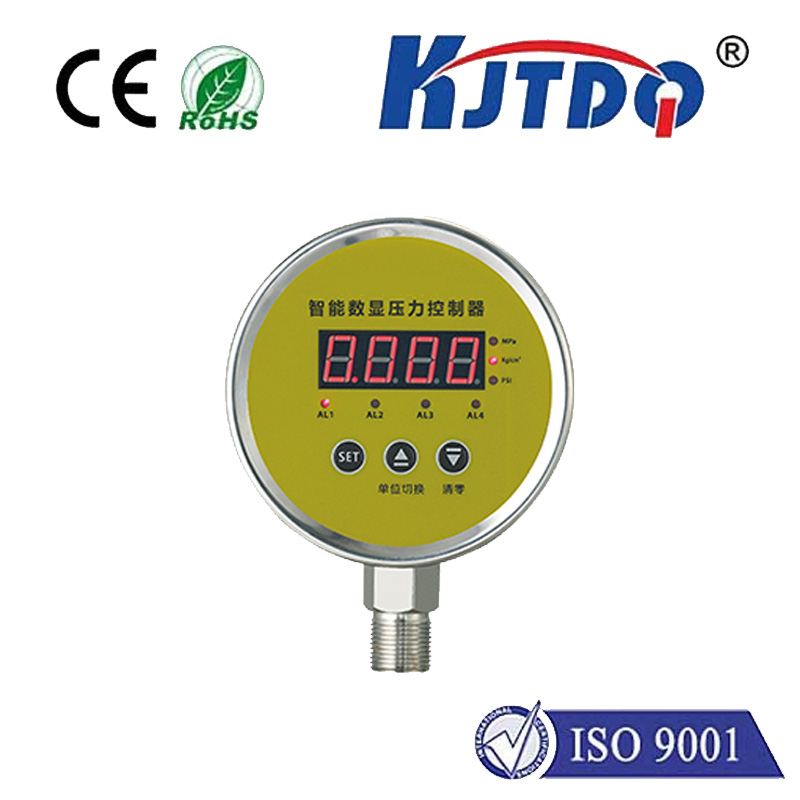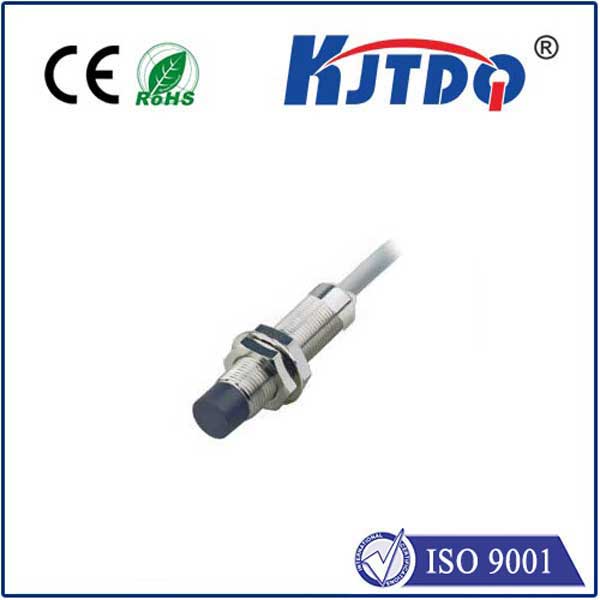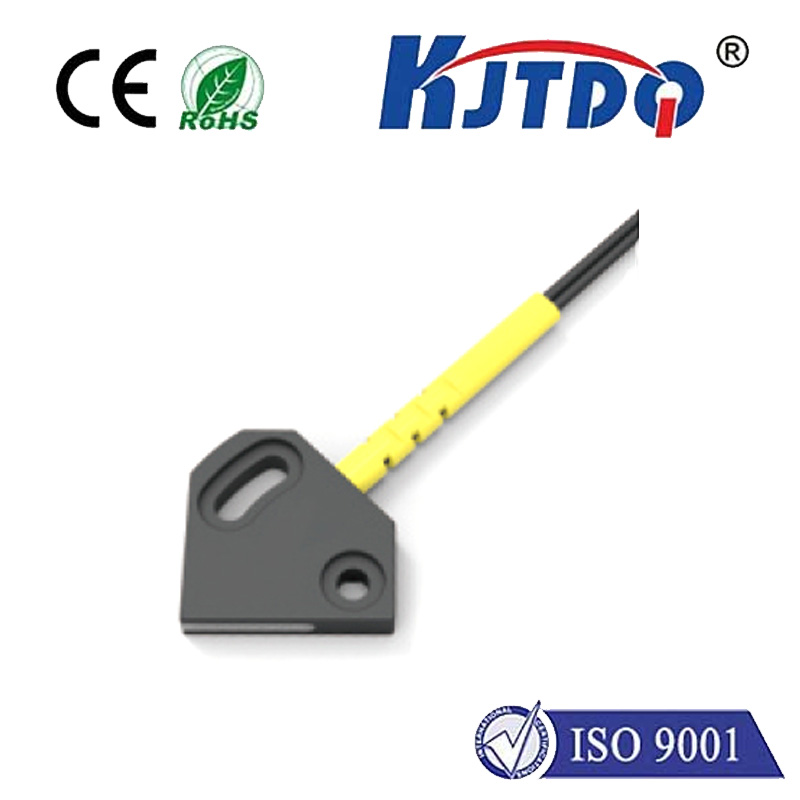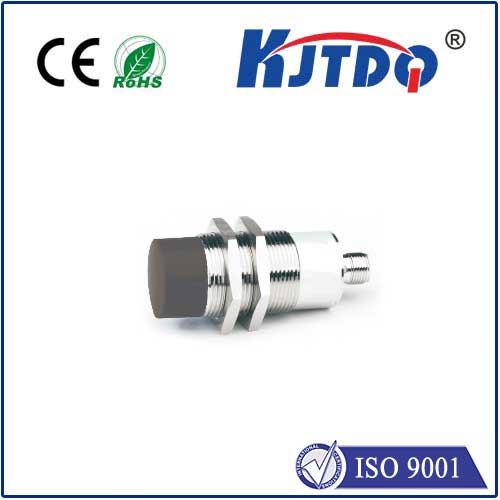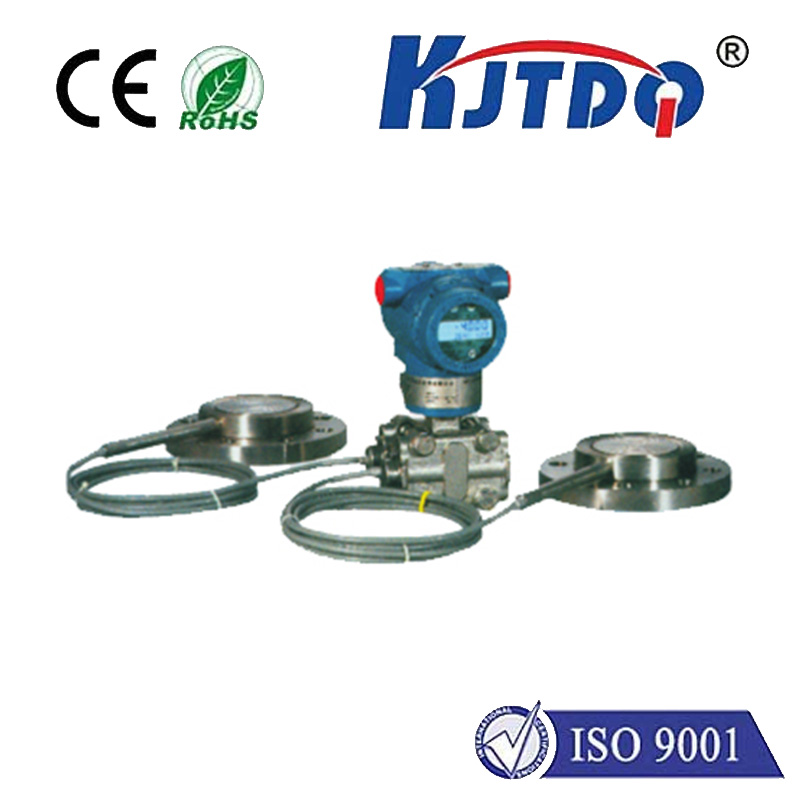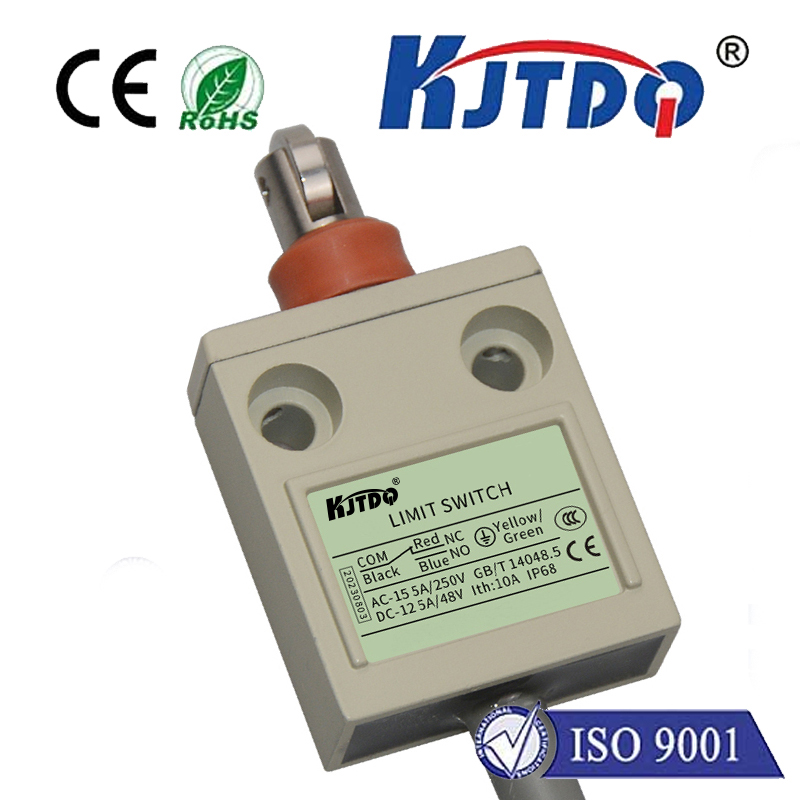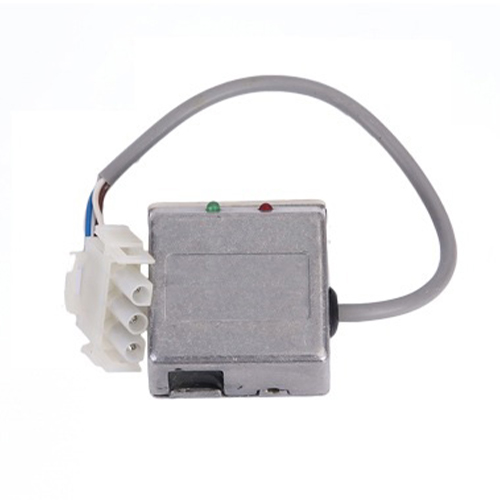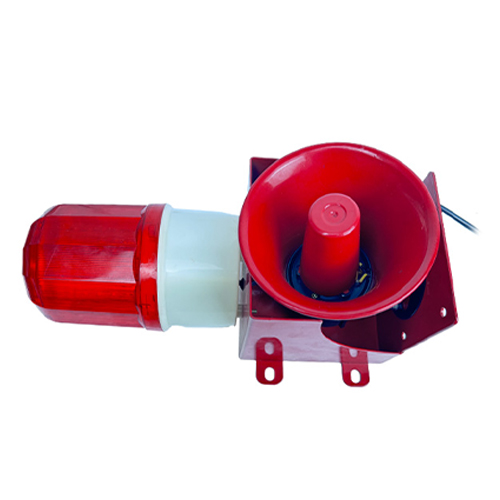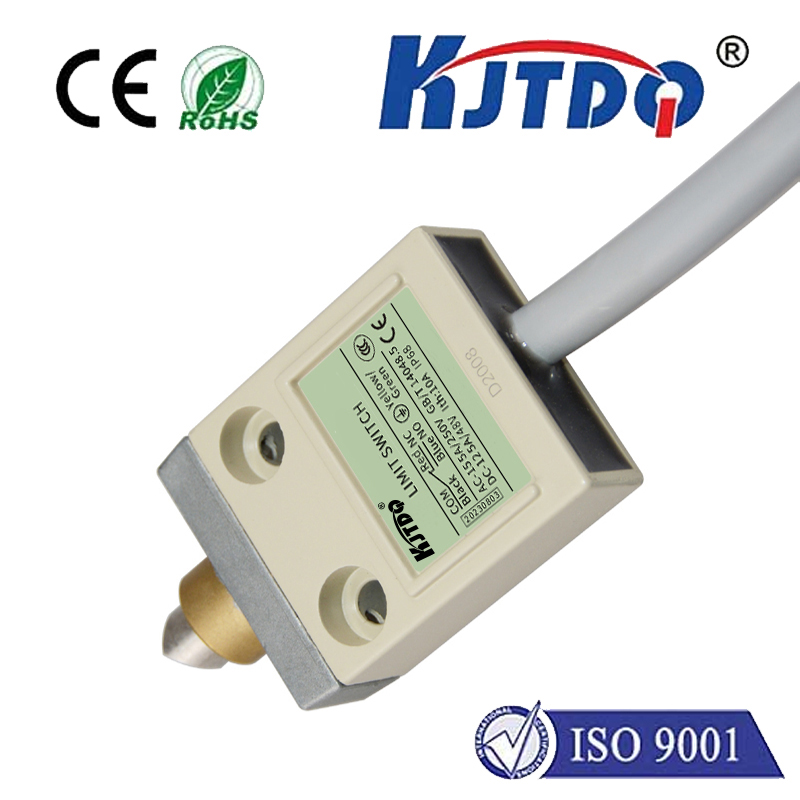temperature sensor ic
- time:2025-08-20 03:09:59
- Нажмите:0
The Unsung Heroes of Measurement: Unlocking the Potential of Temperature Sensor ICs
How often do you consider the precise temperature control keeping your coffee hot, your smartphone from overheating, or your car engine running efficiently? This unseen world of thermal management relies critically on tiny, sophisticated components known as Temperature Sensor Integrated Circuits (ICs). These miniature marvels are the ubiquitous yet often invisible workhorses, translating the fundamental physical phenomenon of heat into the digital language our modern world understands. They are the essential bridge between the analog real world and complex digital control systems.
Understanding the Engine: What is a Temperature Sensor IC?
At its core, a temperature sensor IC is a complete electronic circuit embedded onto a single silicon chip designed specifically to measure temperature and provide a corresponding electrical output signal. Unlike older, discrete sensor types (like thermocouples requiring complex compensation circuits or RTDs needing precision excitation), these integrated solutions combine the sensing element – the part that physically reacts to temperature changes – with the necessary signal conditioning circuitry (amplification, digitization, linearization) right on the chip. This high level of integration is the key to their widespread adoption, offering:

- Compact Size: Minimal footprint, crucial for modern portable and densely packed electronics.
- Simplified Design: Drastically reduces the need for external components and complex calibration routines, accelerating product development.
- Enhanced Performance: On-chip processing delivers exceptional linearity, accuracy (down to ±0.1°C for premium devices), and low noise.
- Robustness: Integrated manufacturing ensures excellent repeatability and reliability.
- Power Efficiency: Optimized designs cater to battery-powered devices, with ultra-low-power sleep modes.
- Cost-Effectiveness: High-volume production makes sophisticated temperature sensing accessible for mass-market applications.
Diverse Architectures for Diverse Needs
Not all temperature sensor chips are created equal. Different underlying technologies cater to specific requirements and budgets:
- Analog Output Sensors: The simplest type, providing a voltage (e.g., 10mV/°C) or current output proportional to temperature. They are highly cost-effective and straightforward to interface with microcontrollers’ analog-to-digital converters (ADCs). Common technologies include silicon bandgap sensors.
- Digital Output Sensors: Increasingly popular, these offer significant advantages. They incorporate an ADC on the chip, outputting temperature data via standard digital interfaces like I²C, SPI, or the simpler 1-Wire protocol. This provides inherent noise immunity, easier direct connection to microcontrollers, and often includes extra features like programmable alarms, non-volatile memory for configuration, and higher resolutions (±0.5°C common, ±0.1°C or better available).
- Remote Diode Sensors: Monitors the temperature of an external semiconductor junction, typically the CPU or GPU die itself, using its inherent diode characteristics. Critical for high-performance computing thermal management.
- Thermopile Sensors: Detect infrared radiation, enabling non-contact measurement of object surface temperature. Found in ear thermometers, industrial monitoring, and some smart home sensors. Often leverage MEMS (Micro-Electro-Mechanical Systems) technology.
- Resistance Temperature Detector (RTD) & Thermocouple Interface ICs: While not sensing directly, these chips provide the sophisticated, high-precision signal conditioning (amplification, cold junction compensation, linearization) needed by traditional RTD or thermocouple sensors, simplifying their digital integration. CMOS processes are common for these complex interfaces.
Where Precision Meets Purpose: Ubiquitous Applications
The versatility of temperature sensor ICs means they are embedded in virtually every electronic domain:
- Consumer Electronics: Preventing overheating in smartphones, tablets, laptops, gaming consoles; battery management; environmental comfort control in smart thermostats and HVAC systems; enhancing camera performance; ensuring cooking precision in appliances.
- Industrial Automation & Control: Mission-critical monitoring of motors, drives, bearings, process chambers, and machinery health; ensuring stable environmental conditions in manufacturing; predictive maintenance.
- Automotive: Engine control unit (ECU) monitoring (coolant, air intake, oil), transmission systems, battery thermal management in EVs/HEVs, cabin climate control, monitoring ambient conditions for advanced driver-assistance systems (ADAS).
- Medical & Healthcare: Ensuring strict temperature ranges for reagents and samples in laboratory equipment; monitoring patient core or surface temperature in wearable devices and clinical thermometers; regulating temperature in incubators and sterilization equipment.
- Data Centers & Networking: Continuous surveillance of server racks, switches, and routers to prevent costly thermal runaway and optimize cooling efficiency.
- Energy Management: Monitoring performance and health in solar inverters, battery storage systems, and power distribution equipment.
The Evolving Landscape: Smarter and More Integrated
The future of temperature sensor ICs is bright, driven by key trends:
- Enhanced Precision & Lower Power: Continuous innovation pushes the boundaries of accuracy while minimizing power draw, enabling even smaller, longer-lasting IoT sensors.
- Multi-Sensing Hubs: Combining temperature sensing with humidity, pressure, motion (via MEMS), or gas sensing on a single chip for comprehensive environmental monitoring.
- Embedded Intelligence: Incorporating local processing capabilities for edge analytics, such as basic anomaly detection or data filtering directly on the sensor chip, reducing data transmission load.
- Advanced Connectivity: Integration of wireless protocols (Bluetooth Low Energy, Wi-Fi, LPWAN) for seamless data transmission in IoT ecosystems.
- AI & Machine Learning Integration: Sensor data feeds AI algorithms for predictive maintenance, optimizing energy consumption, and enhancing user comfort control dynamically.
From the smartphone in your pocket to the sprawling factory floor, temperature sensor ICs operate silently but indispensably. Their evolution towards greater precision, lower power consumption, enhanced integration, and on-chip intelligence ensures they will remain foundational components in enabling smarter, safer, and more efficient systems across the entire technological spectrum. Choosing the right sensor IC – considering its output type, accuracy, power profile, interface, and packaging – is a critical design decision impacting the performance and reliability of countless modern devices and systems.

